Caving (also known as Speleo) is the activity of exploring caves. However, the majority of caves don’t have a flat terrain you can easily walk on. They often require crawling, swimming, climbing, diving and abseiling to avoid or navigate through obstacles such as big boulders, lakes, and rivers.
Generally speaking, caves split into two categories:
- Horizontal caves: in most cases, they are the non-technical caves, meaning that they do not require a technical team to set up technical ropes to go through the cave.
- Vertical caves: these caves require technical skills in order to explore them, which include (but not limited to) abseiling and climbing ropes.
Caving is lesser known commercially due to its complex requirements and potential risks. Moreover, performing cave rescue is very demanding and complicated, which deters most tour operators from including it in their tours.
If you are unsure of caving, start by canyoning.
I do it cause I can blog will mainly focus on the technical explorations that I have done in caves around the world.
Basic Caving gear (PPE):
- Harness
- Chest harness
- Chest Ascender
- Hand Ascender
- Descender
- 2 x cow’s tails
- Carabiners
- Footloop
- Helmet
- Headlight & backup
- Caving suit
- Caving shoes
- Caving bag
- Caving drum barrel
- First aid kit
- Lighter, 3m length of 1.5mm cord & emergency blanket
Why cave?
Caving is not for the faint-hearted, but don’t let that discourage you. Caving is one of the least explored areas of our world, making it unique and exclusive because very few people get to do it.
Caving is a team sport that encompasses the true meaning of “one team one heart”. If you’re a solo adventurer, caving is probably not the best option for you.
Related blogs:

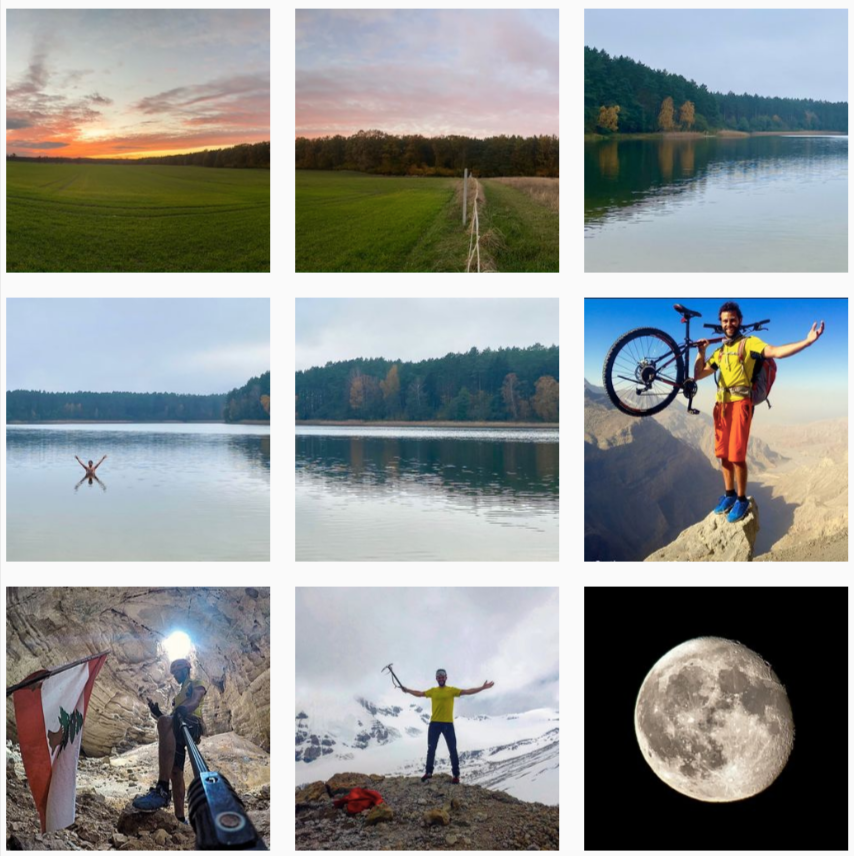

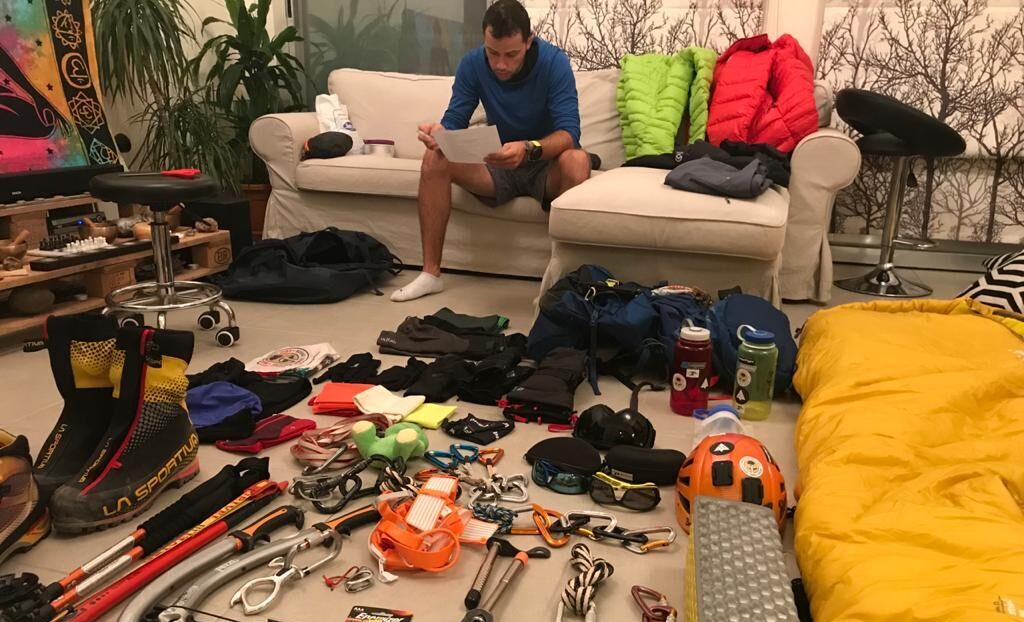


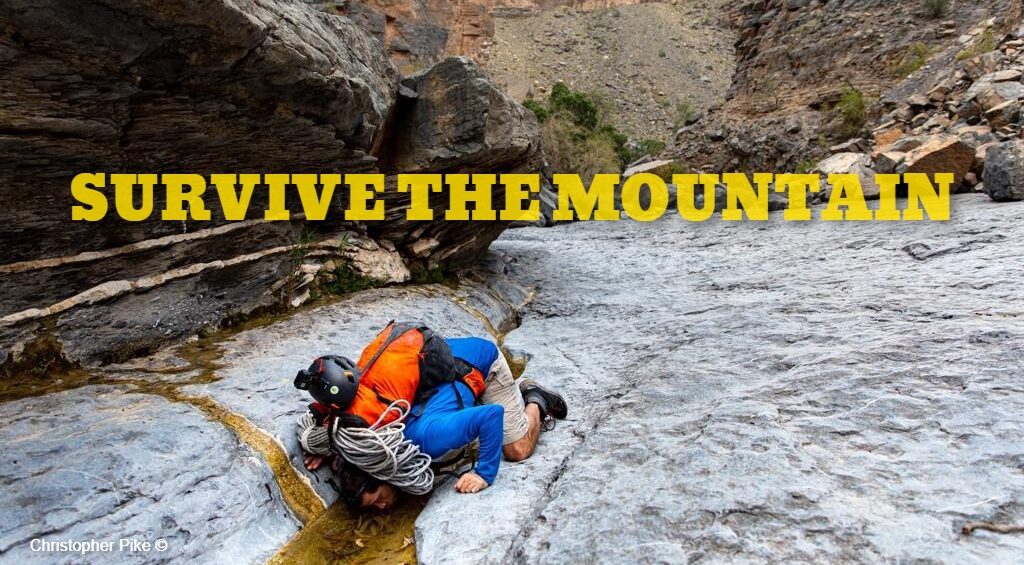
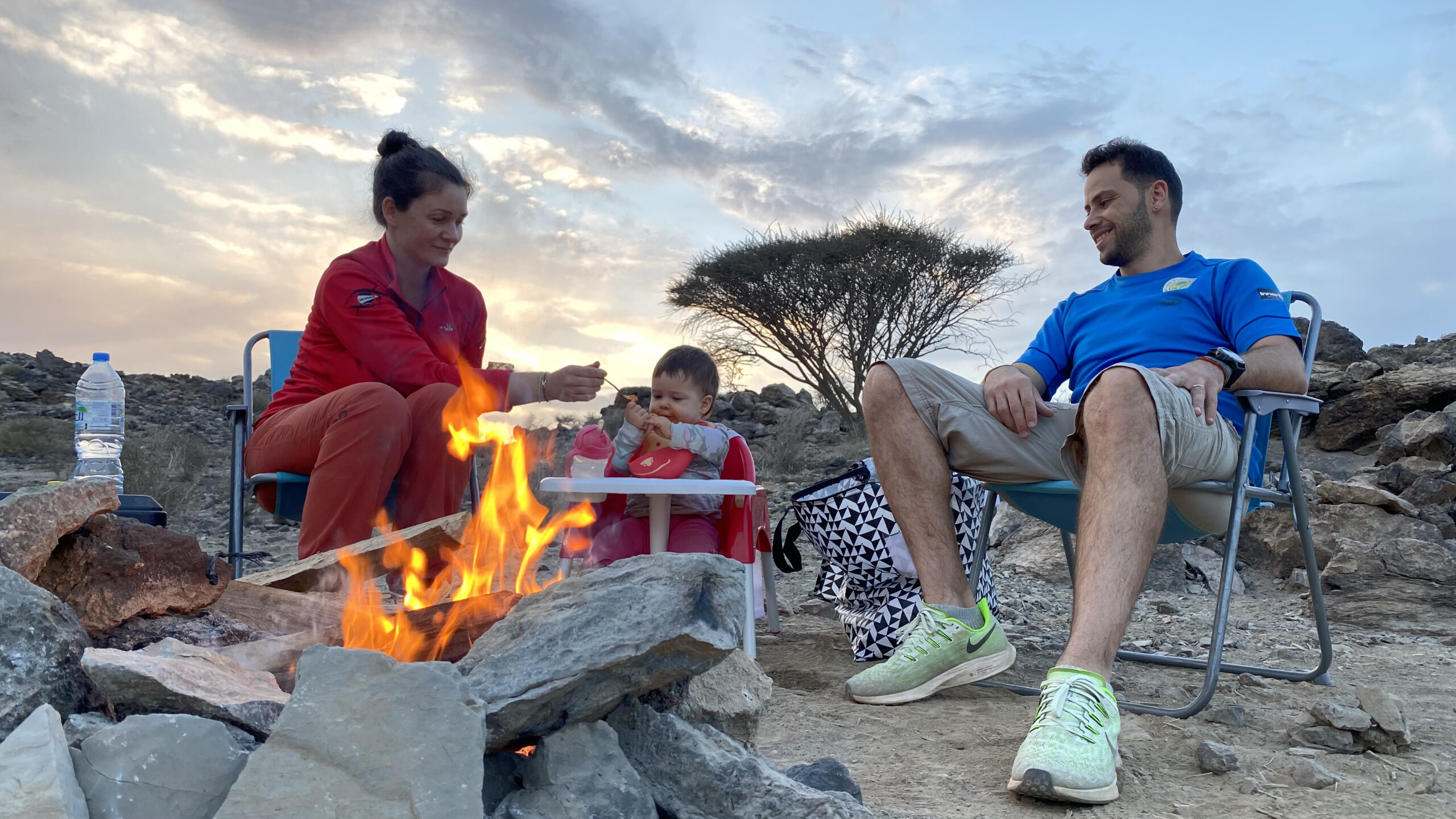
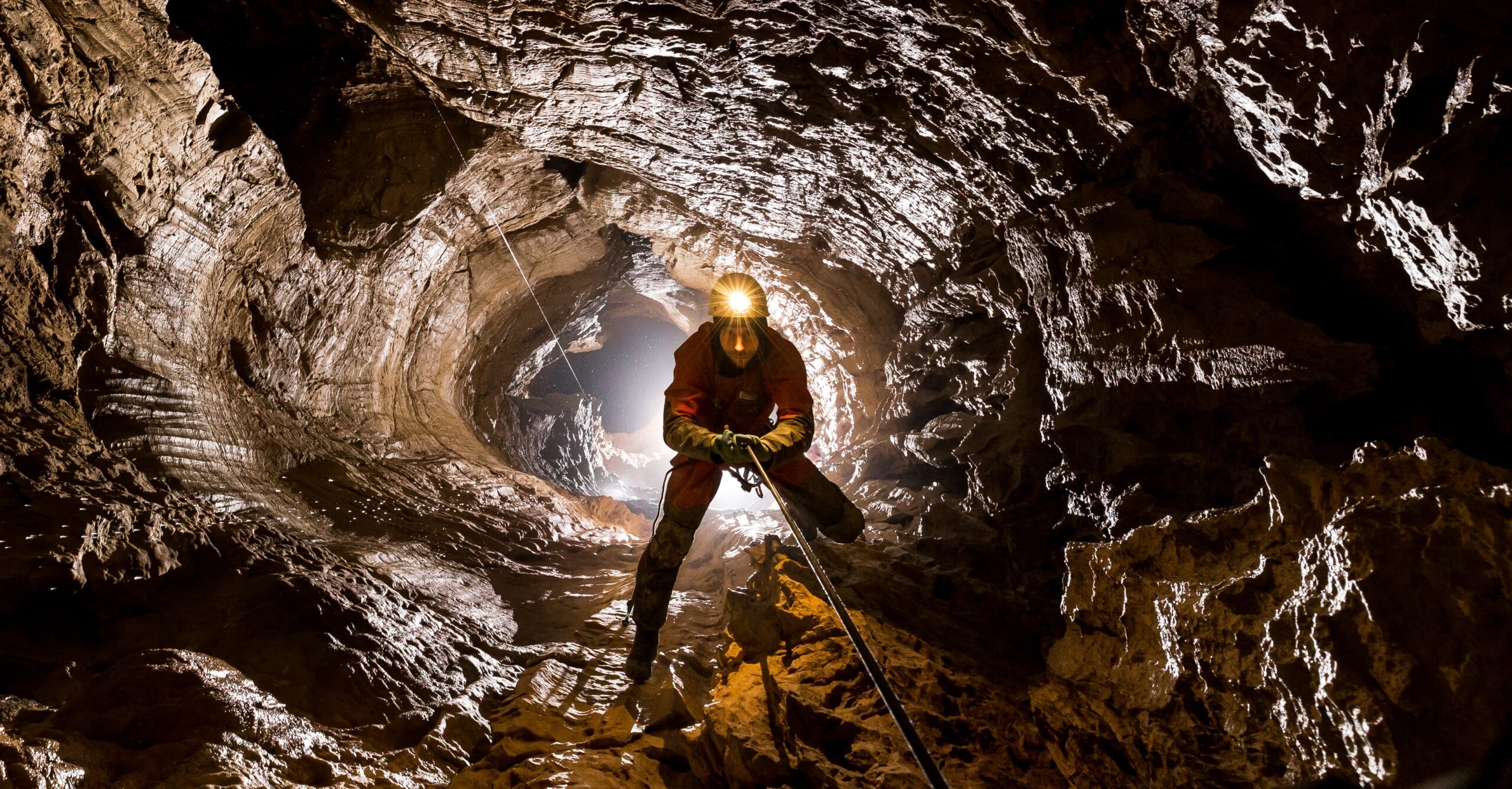


One Response